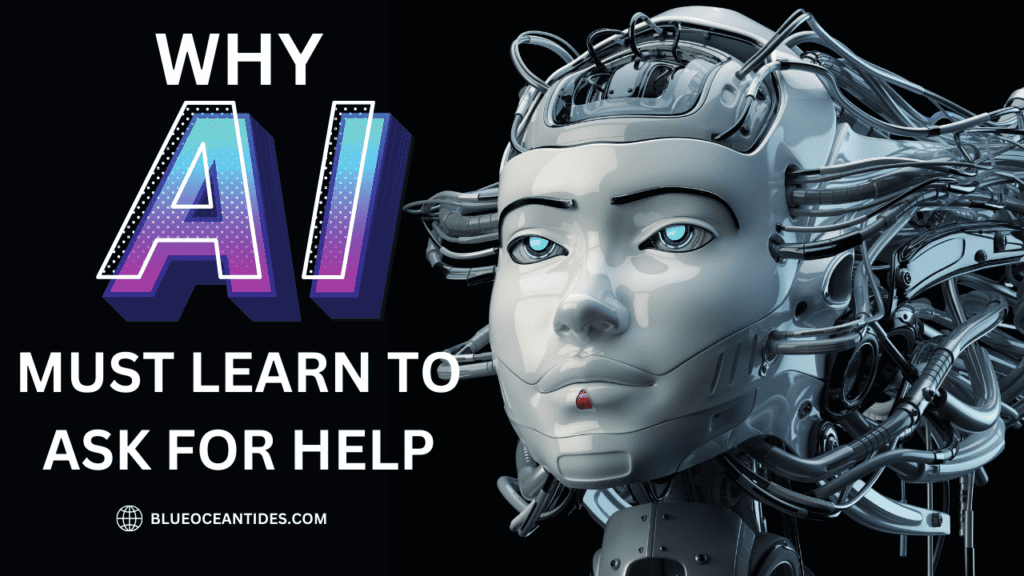Master 2025’s Digital Marketing Strategy Now!
The digital marketing landscape in 2025 demands strategies that blend AI-driven innovation, privacy compliance, and cross-channel synergy. With 72% of consumers expecting hyper-personalized experiences and Google’s algorithms prioritizing EEAT (Experience, Expertise, Authority, Trustworthiness), businesses must adapt or risk irrelevance. The guide breaks down every important part of a winning strategy, supported by real-world case studies and actionable frameworks. Core Components of a 2025-Ready Strategy AI-Assisted Audience Persona Development Gone are the days of static customer profiles. In 2025, AI tools like predictive analytics and generative audience segmentation enable dynamic persona modeling. For example: Nike leveraged machine learning to analyze workout patterns from its Training Club app, creating micro-segments for targeted product recommendations. Manufacturing companies use AI to identify B2B decision-makers based on LinkedIn activity and content consumption trends. Key tools: Google Analytics 4 (GA4) with AI-powered insights SEMrush’s Market Explorer for competitive analysis ChatGPT-5 for generative persona scripting Semantic Search Optimization (Beyond Keywords) Google’s 2025 Search Generative Experience (SGE) prioritises entity-based understanding over keyword density. Strategies include: Tactic Application Example Outcome Topic Clustering Airbnb’s “travel experiences” content hub Ref. 40% increase in organic visibility Voice Search Local restaurants optimising for “best gluten-free pasta near me” 2x higher local pack visibility Zero-Click Prep Healthcare blogs answering “How does telehealth work?” in the FAQ schema 62% snippet capture rate Ref. Ethical Data Collection Frameworks With third-party cookies fully deprecated, first-party data is king. Tactics to build trust while gathering insights: Interactive Quizzes: A Brisbane-based travel agency increased email sign-ups by 33% using “Find Your Perfect Destination” quizzes. Ref. Blockchain Opt-Ins: Banks now use decentralized systems to let customers control data-sharing preferences. Value-Exchange Pop-Ups: “Get our 2025 Manufacturing Trends Report” forms outperform generic CTAs by 27%. Industry-Specific Adaptations Healthcare: Trust Through Transparency Doctor Portfolio Sites: Including patient testimonials and peer-reviewed research boosts appointment bookings by 41%. AI Chatbots: A New York hospital reduced call center volume by 58% using symptom-checker bots. Ref. Manufacturing: B2B Authority Building Video Case Studies: CNC machining companies saw 3x lead growth by showcasing factory floor processes. Webinar Series: “Future of Smart Manufacturing” events generated 500+ qualified leads monthly. Travel: Hyper-Personalization Dynamic Email Content: Emirates’ “Destination Picks for You” drove a 22% uplift in repeat bookings. AR Previews: Hotels using virtual room tours achieved 35% higher direct booking rates. Read more: 10 Essential Skills for Digital Marketing in 2025 Overcoming 2025’s Unique Challenges Winning the Zero-Click Battle Answer Engine Optimization: Create 300-word “definitive answer” blocks for questions like “What’s the best social media strategy for agencies?” Use: ✅ Bullet-point summaries ✅ Comparison tables (e.g., TikTok vs. Instagram Reels ROI) ✅ Embedded video explainers Adapting to AI Overviews in SERPs Structured Data Markup: A Melbourne real estate agency increased rich snippet appearances by 89% using JSON-LD for property listings3. SGE-Optimized Content: Startups ranking for “digital marketing strategy for SaaS” now use: xml <script type=”application/ld+json”> {“@context”:”https://schema.org”,”@type”:”HowTo”,”name”:”SaaS Growth Framework”} </script> Value in the End! How to Rank in Google’s AI Overviews Future-Proof Execution Tactics Agile Content Production Modular Content Systems: Repurpose podcast transcripts into: Blog posts (1,200+ words) Social carousels (10 slides) Email courses (5-part series) AI Governance: Implement human-in-the-loop editing to maintain EEAT compliance in AI-generated drafts. Ref. Automated Personalisation at Scale Dynamic Landing Pages: Insurance companies using geo-targeted flood risk maps saw 18% higher quote requests. CRM-Driven Ads: A Brisbane digital agency achieved 3.8x ROAS with LinkedIn ads synced to Salesforce lead scores. EEAT Enhancement Checklist Signal Type 2025 Best Practice Example Experience Publish “Day in the Life” employee videos Manufacturing plant walkthroughs Expertise Collaborate with industry think tanks Co-authored whitepapers with Gartner Authority Secure .edu backlinks Guest posts on MIT marketing blogs Trust Display real-time fact-check badges Health articles verified by WebMD Conclusion Building a digital marketing strategy in 2025 demands more than just adapting to trends- it requires embracing AI-driven insights, prioritising privacy-first data collection, and optimising for semantic and zero-click search. This guide has covered leveraging advanced analytics, tailoring content for new SERP features, and implementing industry-specific tactics for sectors like healthcare, manufacturing, and travel. Your brand can stay ahead in a rapidly evolving landscape by focusing on EEAT, agile content production, and omnichannel personalisation. Ready to elevate your marketing? Book a Strategy Session with our experts today! Frequently Asked Questions Q: How much budget should go to AI tools vs human creators? A leading Melbourne agency allocates 40% to AI infrastructure and 60% to strategic creatives, balancing efficiency with emotional storytelling. Q: Is keyword clustering still effective with SGE? Yes, but focus on entity relationships. A travel agency mapped “digital strategy for hotels” to 27 related concepts, tripling organic traffic. Q: How do I balance AI-generated content with Google’s EEAT guidelines? Use AI for drafts but add human expertise: edit for brand voice, insert original data/ case studies, and credit authors with bylines. Tools like Clearscope ensure EEAT alignment. Q: What voice search tactics work best for local restaurants in 2025? Optimise for “near me now” phrases (e.g., “gluten-free pizza near me open now”) and embed FAQ schema for dish recommendations. 63% of voice searches have local intent. Q: How to collect first-party data without annoying pop-ups? Offer interactive tools: quizzes (“Which marketing persona are you?”) or calculators (“ROI estimator”). A Brisbane hotel saw 29% more emails captured via “Personalised Travel Itinerary” quizzes. Q: Which SEO metrics matter most post-third-party cookies? Focus on click-through rate (CTR), organic traffic from semantic clusters, and featured snippet ownership. GA4’s AI-powered insights track these in real-time. Q: How to optimise for Google’s 2025 AI Overviews? Create 300-word “ultimate answer” blocks with bullet points, comparison tables, and video embeds. Use the HowTo schema to feed AI training data. Q: What’s the ideal budget split between AI tools and human teams? Allocate 40% to AI (automation, predictive analytics) and 60% to creatives/strategists. Nike’s 2024 pilot showed this ratio boosted ROI by 3X. Q: How do manufacturers leverage LinkedIn for B2B leads? Post video case studies of factory processes and host “Industry 5.0” webinars. Taget decision-makers with LinkedIn’s AI-driven Account Targeting. Q: Are long-tail keywords still

